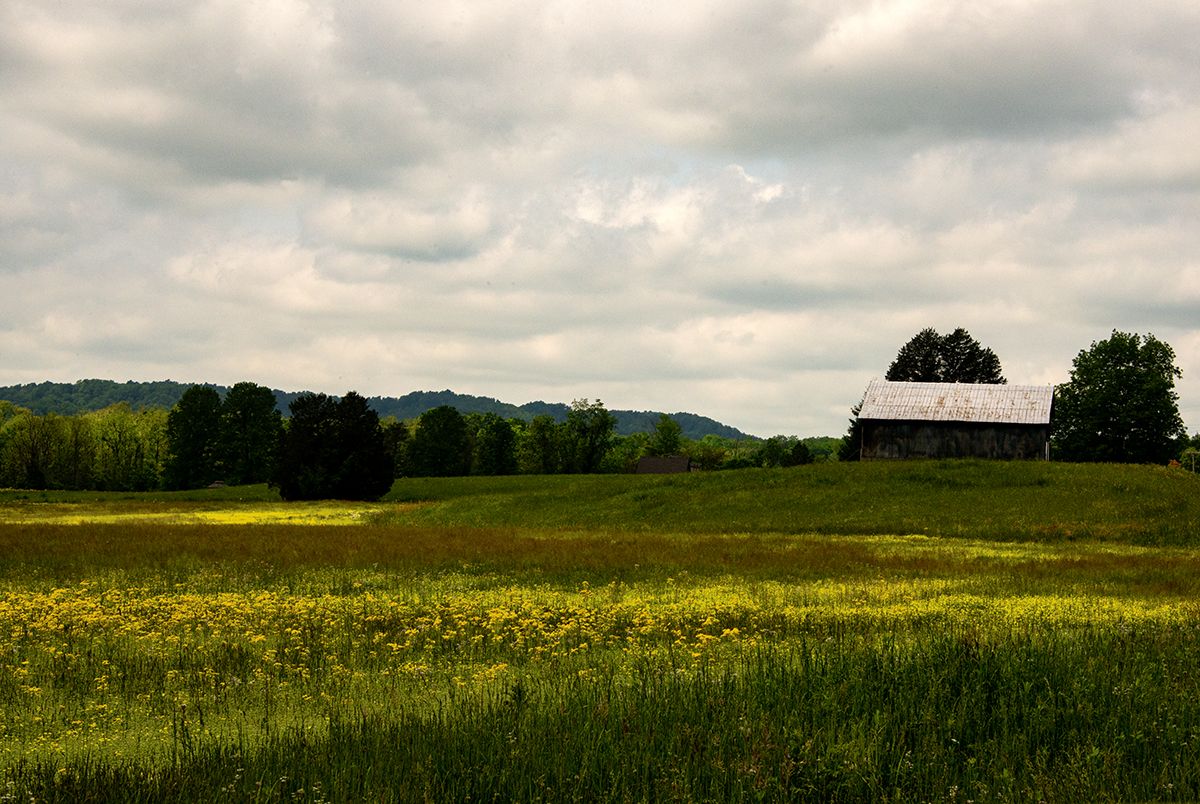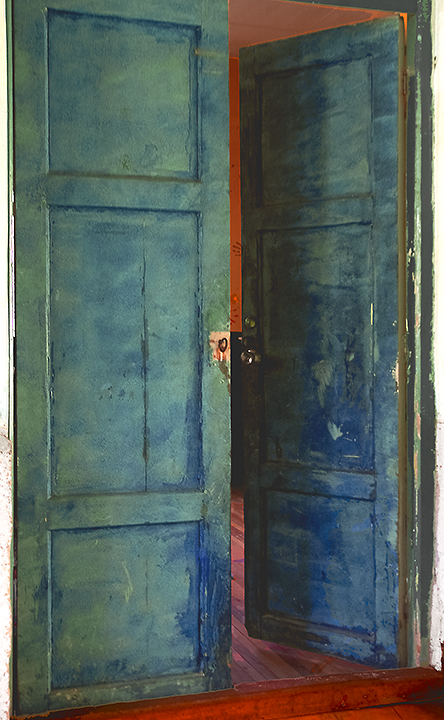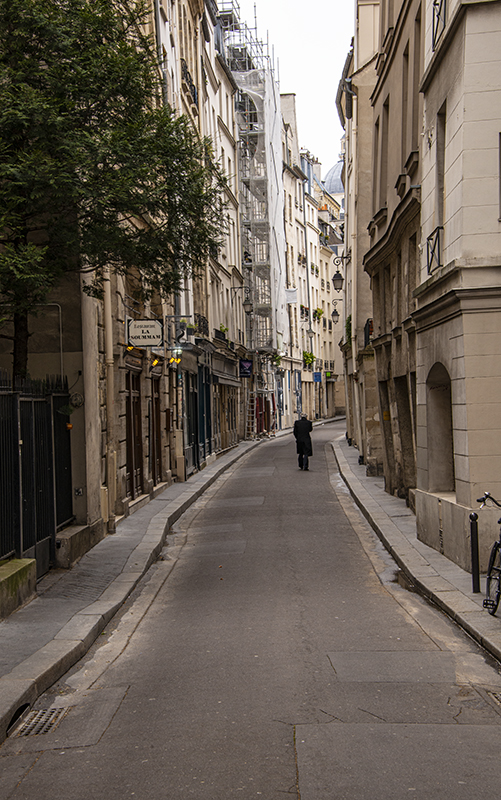
“Mourning Crow”
“A CROW”
“Here is the strict, abstract
light of winter. From a bare branch
a crow takes flight, rising
heavily, overcoming
the impossible…” Lawrence Raab
“TWO LEGENDS”
“To hatch a crow, a black rainbow
Bent in emptiness
over emptiness
But flying.” Ted Hughes
Late afternoon on a New Year’s Day, Squire Valleevue farm presented a moment of memory and mixed emotion as four crows arrived, three perching in an old cherry tree, the fourth (pictured below), being the larger member of the quartet, assumed dominion in a towering black willow, announcing his presence in a single burst and full staccato. It must have been a sufficient declaration of sovereignty as it sent his companions quietly into the north wind beyond the distant tree line.
He had arrived inauspiciously I thought, to greet me on a particularly lugubrious, bone-cold, day in January, perhaps an augury of dread before us and the fate of a country suddenly so dark and fragile.
As I contemplated the symbolism of the moment, cold and dark and unpropitious, I thought of these rapacious birds, the ones I had hunted as a young boy on a neighbor’s farm for 15 cent bounties. My early enmity towards crows, their destruction of crops and predation of songbirds has calcified over time.
The duality of good, evil and a variety of dichotomies ascribed to crows have been the subject and construct of many poets, two of whose opposing views are quoted here. Lawrence Raab, whose opening stanza of possibility, a poem of contemplative imagery and hope contrasts with that of English poet Ted Hughes who saved his darkest, most savage poetry for his canon, “Crow” following the suicide of his wife, Sylvia Plath and later, in similar fashion, his lover, Assia Wevill and their daughter.
And where does this bird fit and what must he imagine, each of us awaiting this year of retribution?








